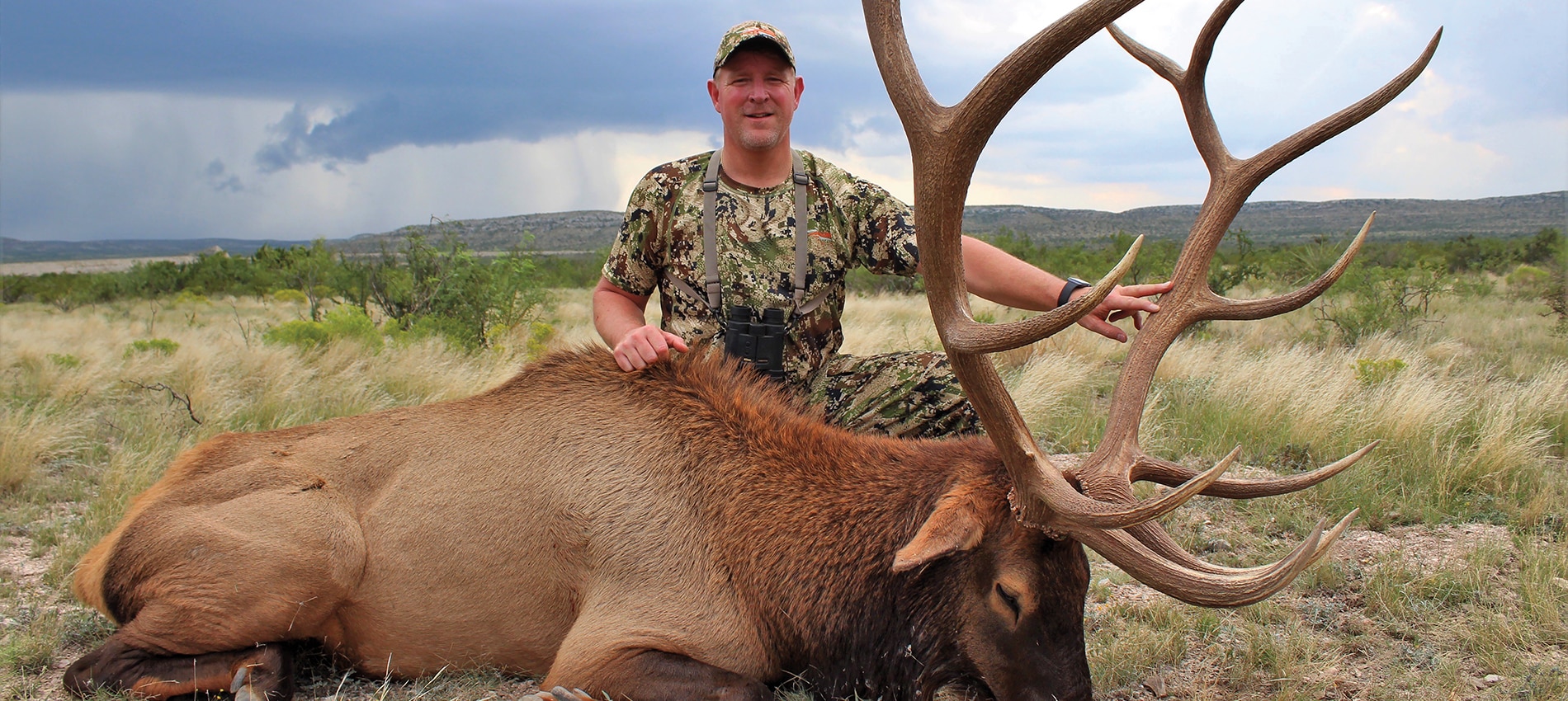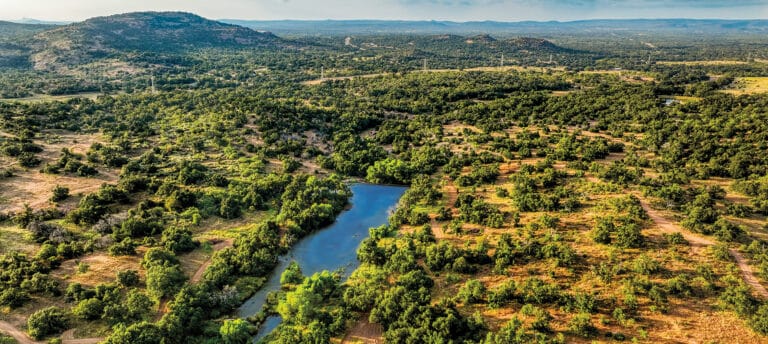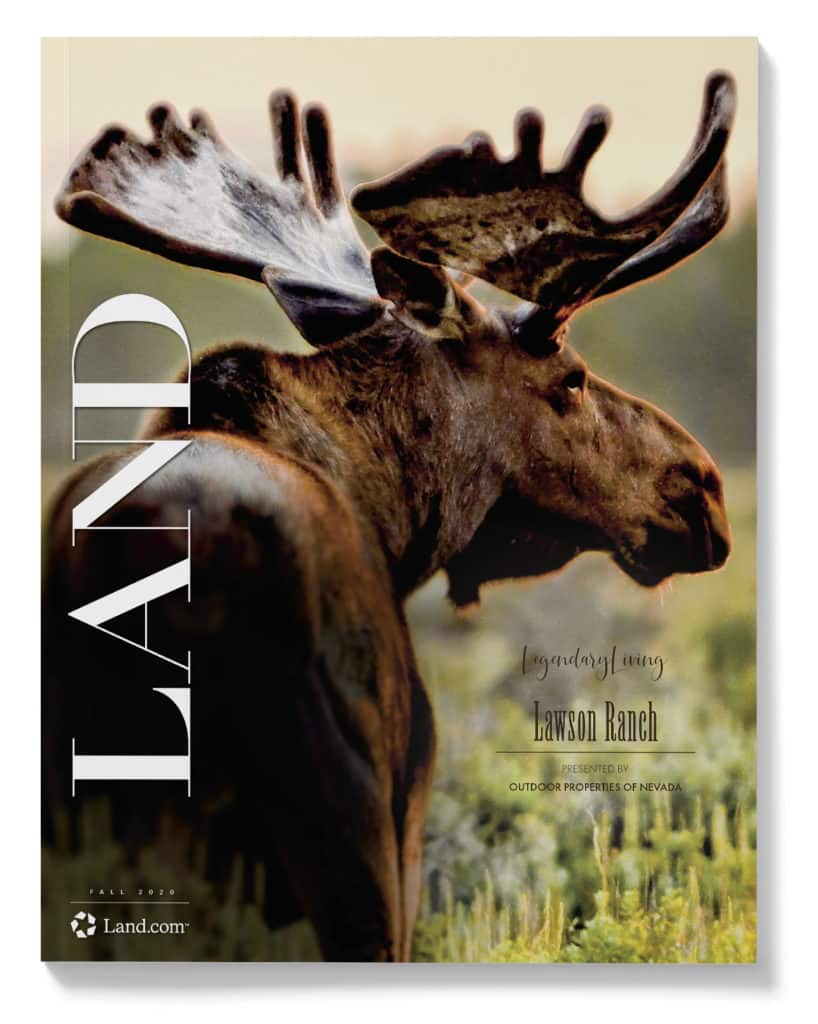
This article is featured in the Fall 2020 issue of LAND magazine. Click here to find out more.
Fee-based hunting programs have become popular on private lands over much of the country during the last several decades. Many private landowners consider monetizing their wildlife resources to simply help offset the operational expenses of managing and maintaining their properties, while others look at these resources as a bona-fide profit center. In some cases, these landowners choose to construct and operate these commercial hunting programs as an in-house endeavor, but there are other occasions where they work through a third-party contractor or hunting outfitter.
The financial deal structures between landowners and outfitters can be almost endless, regarding fee consideration, who provides what, payment terms, service inclusions and many other variables that tend to be part and parcel to the deal. However, there are a few common arrangements that tend to define the basic financial arrangements between these parties.
Outright Lease
Historically, one of the most common arrangements between the private landowner and the outfitter was a general lease deal, where the outfitter paid a lump sum to the landowner to secure defined hunting privileges on a property, and this type of arrangement is still common with certain programs. This lump sum may be calculated using a “per acre” rate as the calculus, or it may be a bit more of an arbitrary number that seems to be fair and equitable to both parties. Under this scenario, payment terms are often broken into two annual payments, a deposit coming due early in the year and the balance often coming due near the start of the hunting season. Over the last 10–20 years, the broad deal structure of a lease arrangement has often become more defined, with increased sideboards, restrictions and allowances. Such deal provisions often include maximum number of hunters, harvest quotas on certain game species and time slots that property and facilities may be used if it is not a year-round lease arrangement. Ultimately, I tend to base my evaluation on what my cost is on a “unit” basis; what is it costing me for each deer hunter, each turkey hunter, etc.? In determining these unit rates, it is simply a matter of backing out the numbers by taking the lump lease fee sum and dividing that by the number of hunters or number of game animals that are provided as part of the quota. Further, there will be many other features of the deal structure, such as who pays for utilities on the facilities, feed costs, provision of stands and feeders, insurance requirements, meals, guides, etc., etc., and these finer details often shape the lease fee structure to some degree.
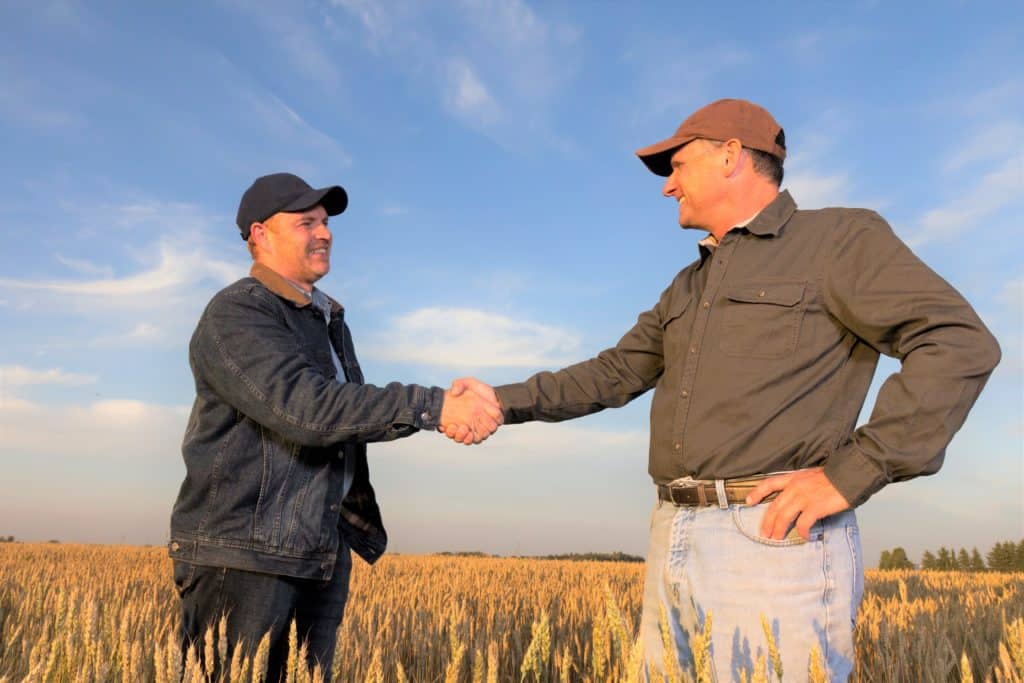
Per Hunter or Per Animal
In recent years, the financial deal structures between landowners and outfitters have drifted in a direction of the fees being based on a rate that is paid per hunter or per animal. With this, there is often a guaranteed minimum that is built into the arrangement, which essentially creates a bit of a lump sum, similar to the outright lease arrangement. For example, an outfitter might agree to pay the landowner $3,000 per deer hunter with a minimum of 10 hunters and a maximum of 12 hunters. Thus, the outfitter will pay $30,000 to the landowner, often in multiple installments, but will have the option of adding up to two more hunters for an additional fee if the opportunity arises. On many properties that offer exotic ungulates, it’s relatively common for the outfitter to pay a predetermined price per animal based on the species that is taken by the client, and in this case, the outfitter might pay the landowner a daily lodging fee as the base, plus the harvest fee on the animal that is taken or wounded. Some of the other variable features that are listed under the outright lease concept may often apply here, as well.
Percentage Split
Under this arrangement, the outfitter pays the landowner a percentage of the revenue that is generated through the program. Though this type concept reduces the financial risk and burden to the outfitter, it may create some uncertainty on the landowner’s part regarding expected total revenue for that cycle of the agreement. If the outfitter has a successful track-record of booking plenty of hunters, then the landowner’s concern over this income uncertainty is perhaps minimized. The percentage split can be highly variable, but as a rule, the majority of the revenue will go to the landowner. However, there are many exceptions to this, especially on hunts that are on the lower end of the price spectrum. As another rule of thumb, the higher the price tag of the hunt, the larger the percentage that the landowner receives from those hunts. For instance, on a $10,000 elk hunt, the landowner may be receiving 60+ percent of that fee, whereas on a $1,500 turkey hunt, the landowner may only be receiving roughly 30–35 percent of that fee, with these scenarios assuming that the outfitter is paying for and providing guides, cooks, and groceries for the hunt. And, as pointed out under the other two concepts, there are many variables that often interact with these fee metrics.
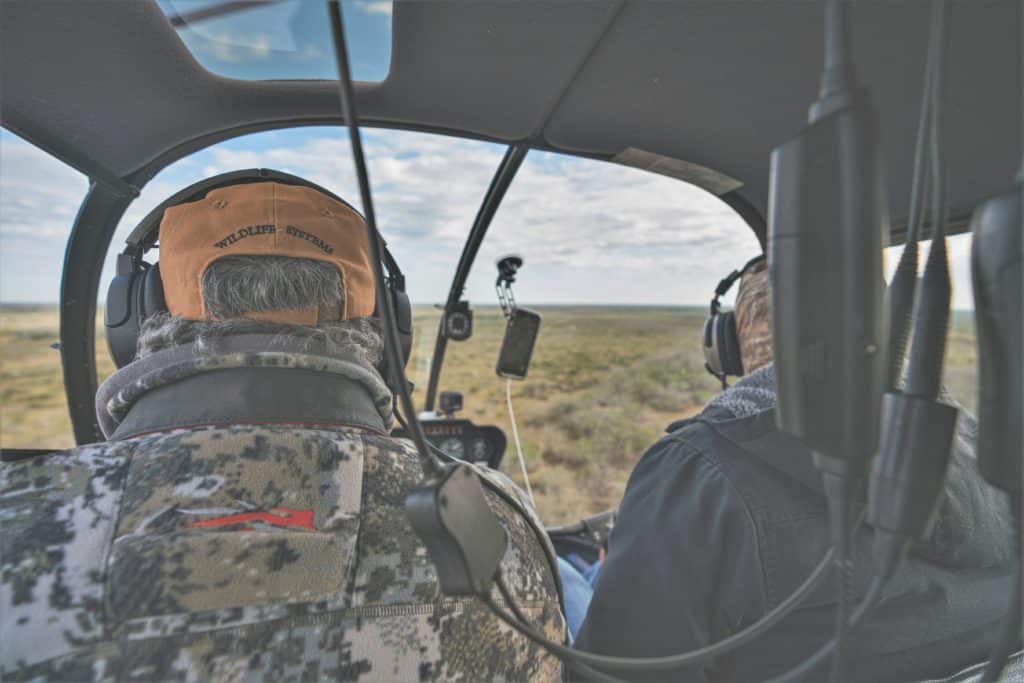
In-Kind Services
One of the variables that is sometimes overlooked when evaluating fair-market values of fees paid from outfitters to landowners is whether the outfitter is bundling “in-kind” services into the deal structure. Some outfitting companies have wildlife biologists on staff and some of these operations are able to offer value-added features to their landowners in the way of wildlife management services. And then there are some arrangements where the outfitting company is providing improvements to facilities or other sweat equity contributions that bring additional value into the mix. These in-kind services can be difference-makers regarding how attractive the total package may be to a landowner who is not simply looking at the numbers on the check, but is also looking at what other benefits may be tied to one deal versus another.
As previously mentioned in this article, the financial deal structures between private landowners and outfitters varies considerably. As a word to the wise, landowners can often find a “better deal” if they shop their hunting allowances around to a broad enough group of industry players, but as a mentor of mine used to say, “The biggest money is not always the best money,” and I think that philosophy can have much merit in this business. Our wildlife resources on private lands are precious, and a landowner’s farm or ranch is effectively their home, so having business “partners” who the landowner can trust and have confidence in helps bring peace of mind and helps protect the integrity of these important wildlife resources.
The author, Greg Simons, co-owns multiple natural resource-related businesses, including a company that specializes in the development of wildlife enterprises and wildlife management programs on private lands. For further information on that company, check out WildlifeSystems.com.
